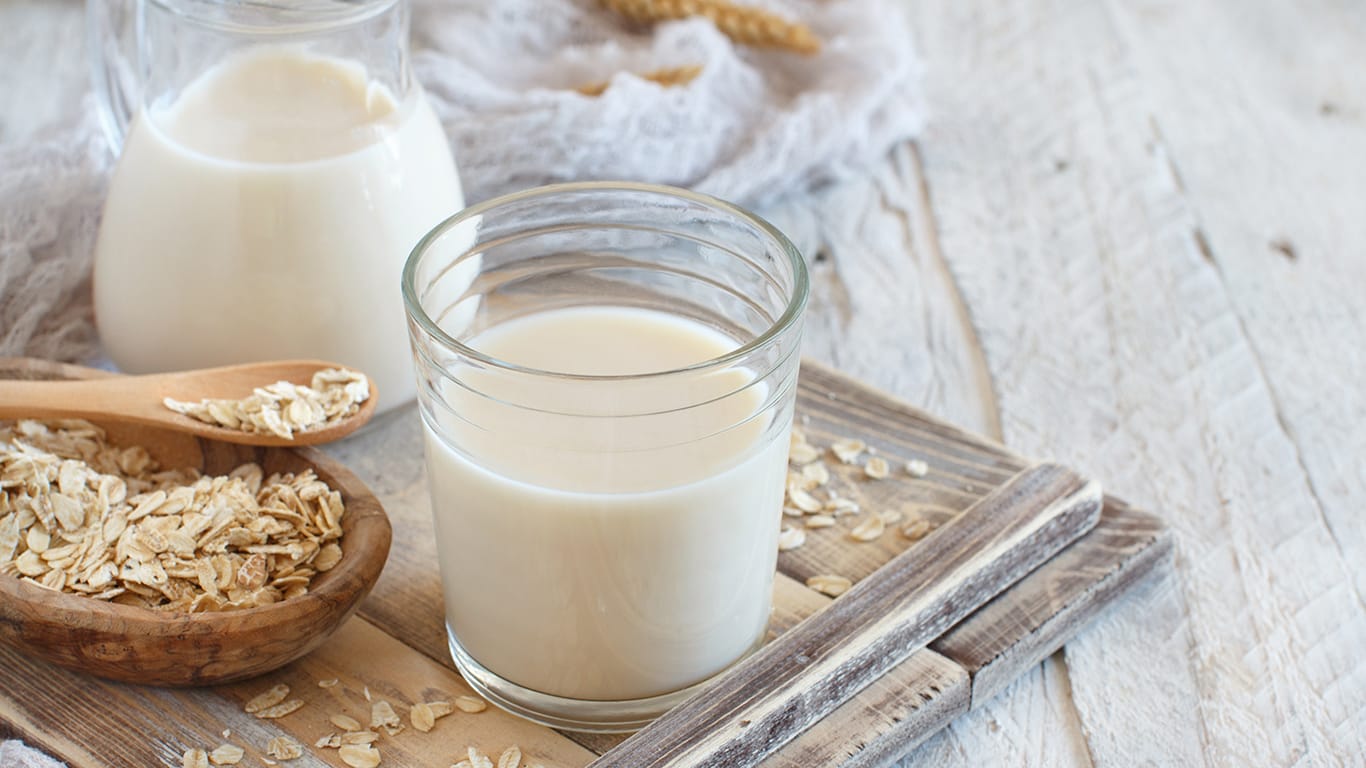“What kind of milk would you like with that?”
Baristas ask this question every day, and every day people choose their favorite milk. But at the heart of this simple exchange is something more complex.
Many people pay extra for plant-based milks for health or environmental benefits. But a new study from Arizona State University suggests alternative milks may not always deliver what buyers expect.
The study reveals that the dairy versus plant-based milk debate isn’t black and white. While plant-based options do offer real environmental and health benefits, those might not outweigh their high price tags or potential labor issues. When it comes to affordable nutrition, dairy milk is a strong contender.
“Many consumers pay premiums for these products in the belief that they’re contributing to all these societal goals. Well, the question is to what extent they are contributing or not,” says Mauricio Bellon, lead author of the study and research professor at ASU’s Swette Center for Sustainable Food Systems.
DEEPER DIVE: Here’s where the residential real estate market stands in 2025
INDUSTRY INSIGHTS: Want more news like this? Get our free newsletter here
Got milk or not milk?
The study compared the costs of different milks — coconut, almond, soy, oat, pea and whole dairy — looking beyond store prices to include environmental, health and social costs. Taken together, these form the “true cost” of each milk.
In a time of rising food prices, this study empowers consumers to make more informed choices at the grocery store or coffee shop. On the other side of the counter, milk producers can use this study to find ways to lower costs and improve sustainability.
“True cost accounting” is a tool researchers use to figure out the cost of things that normally don’t have a price tag, like social impact. It’s often used to study food systems. The goal is not to raise the price of food, but to offer a more apples-to-apples comparison.
“We know that 1 in 8 Americans are food insecure. We do not want to make that food insecurity problem any bigger than it is. We believe that, particularly through policy, there can be ways to reduce food insecurity. Having this true cost accounting knowledge will help guide us in the right directions,” says Kathleen Merrigan, co-author of the study. Merrigan is the executive director of the Swette Center.
The team looked at three types of hidden costs related to dairy and plant-based milks:
- Environmental impact, measured by greenhouse gas emissions.
- Health impact, based on how nutrients affect disease risk.
- Social impact, assessed through the risk of forced labor in supply chains.
“There’s great interest in plant-based alternative milks because a lot of consumers think they’re much better for the environment and for nutrition. But there’s a gap between the perceptions that the average consumer might have and the reality of the scientific evidence,” Bellon says.
The costs of dairy and plant-based milks
The true cost values challenge the idea that plant-based milks are always better. Only coconut and soy milk had a significantly lower true cost than dairy milk.

To find the true cost, researchers added up the store price of milk, the cost to the environment (by global warming potential) and the cost to human health.
For example, while dairy milk is the cheapest at the store, its global warming potential costs about three to five times more than the plant-based options. It might also have the greatest health cost if small amounts of trans fats are factored in (the Food and Drug Administration deems the levels too small to include on the nutrition label). Combined, this gives dairy milk a true cost of $1.76 per liter, as shown in the table above.
“The method that we used for calculating the dietary risks of the beverages has some important limitations,” Bellon adds. “It is based only on the content of a few nutrients, assumes linear relationships, ignores interactions among nutrients, and it excludes other nutrients that we know are beneficial. However, this method still provides a useful approach to quantifying and monetizing nutritional health impacts.”
Scientists also debate whether the natural trans fats in dairy milk are as bad for our health as artificial trans fats. When the team removed trans fats from the health cost calculations for dairy milk, it had the lowest cost — making it the healthiest option. The table below shows the value with trans fats included.

The health cost calculations didn’t include protein. When looking at cost per gram of protein, soy and dairy milk offer the best value.

The researchers also gave each type of milk a score (not price-based) for the risk of forced labor in production. Almonds have the highest risk, even if they’re grown in the U.S.
“The risk of forced labor of dairy milk is substantially higher than those of soy, pea and oat, but also much lower than almond and coconut. These risks are based on the base ingredients and not the final product, except for dairy milk,” Bellon explains.

“We’re not trying to tell people what to choose in the grocery store. We’re not trying to rank these from best to worst. It’s really giving people — and particularly policymakers — data that they can act upon. That’s the goal of true cost accounting,” Merrigan says.
Put your (milk) money where your mouth is
The real power of this study may be in helping plant-based milk producers find areas for improvement. Reducing hidden costs could make their products more price-competitive with dairy milk.
“This can help innovation,” Bellon says. “Producers can identify opportunities where they say, ‘There are all these costs to society that we are not taking into account.’ They can’t be efficient if they don’t know all the costs involved.”
Still, choosing a type of milk is a pressure many of us face almost daily. So which option is the right choice based on this study? Ultimately, it’s up to you.
The researchers suggest looking at what matters to you most, whether that’s a healthier environment, fair labor practices, dietary needs or simply your grocery budget.
“I have a daughter who only drinks oat milk, and I have a son who only drinks dairy milk. Both of my young adults come to the table with passionate arguments to support their choices,” Merrigan says. “A hope I have for this study is that people approach the issue of choice around dairy and alternative dairy products saying, ‘This isn’t as simple as I thought.’ This is complex, and there are no easy answers here.”




